Disclosure: This article contains affiliate links. We may earn a commission from purchases at no extra cost to you, which helps our travel content.
Standing atop Maungawhau/Mount Eden as the sun dips below Auckland's skyline, I'm struck by the surreal juxtaposition: a perfectly preserved volcanic crater in the heart of New Zealand's largest city. The golden hour light traces the undulating rim, creating a dance of shadows across the bowl-shaped depression that formed some 15,000 years ago. It's my third visit to Auckland, but my first dedicated to exploring its volcanic field—a playground of 53 ancient cones and craters that tell the geological story of this land while offering some of the most accessible urban hiking I've encountered anywhere.
The Volcanic Circuit: A Geological Time Machine
Auckland sits atop a monogenetic volcanic field—meaning each volcano erupted just once, creating this scattered constellation of cones that punctuate the city's landscape like geological exclamation points. Rather than tackling them randomly, I crafted a five-day volcanic circuit that would take me through different neighborhoods while maximizing both sunrise and sunset photography opportunities.
I began with the Three Kings (Te Tātua-a-Riukiuta), where ancient Māori defensive terraces are still visible on the slopes. The morning light here casts long shadows across the scoria, revealing the human modifications to this natural fortress. From there, I moved to Maungakiekie/One Tree Hill, where the expansive Cornwall Park provided not just volcanic exploration but a chance to photograph grazing sheep against the backdrop of Auckland's skyline—a contrast that perfectly captures New Zealand's blend of urban and pastoral.
For navigation between these scattered volcanic gems, I relied heavily on my Garmin eTrex 22x. While most trails are well-marked, having precise GPS coordinates for sunrise positions and optimal photography vantage points proved invaluable, particularly for pre-dawn hikes when I was chasing that perfect morning light.
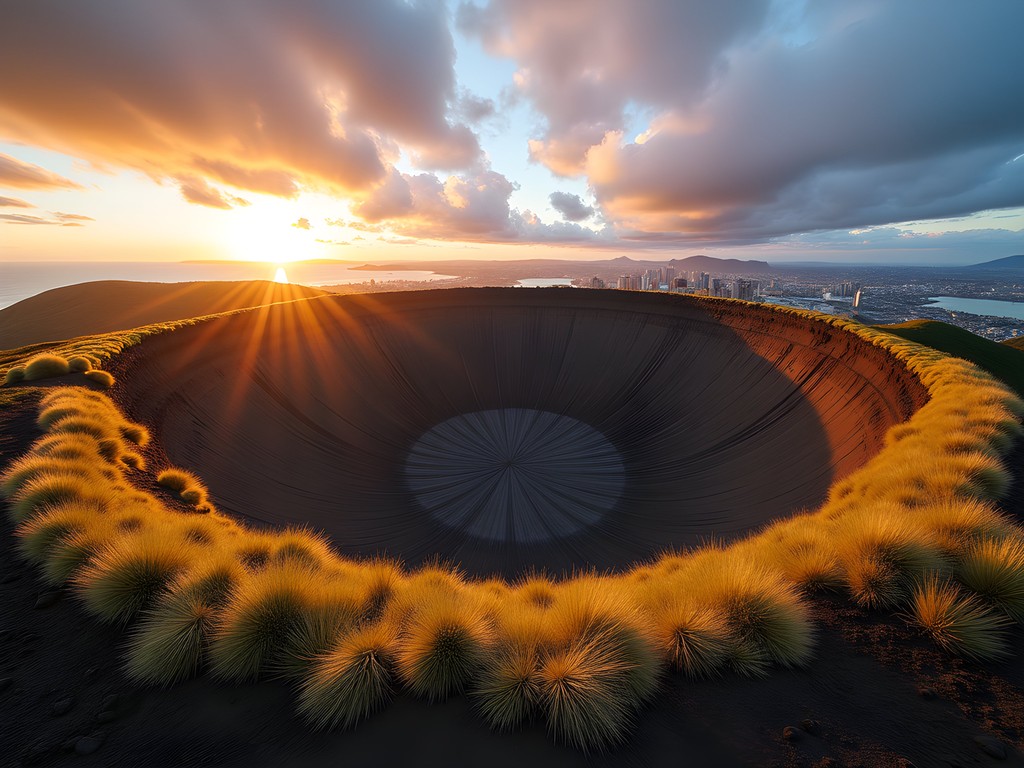
💡 Pro Tips
- Visit Maungawhau/Mount Eden at sunset for the best photography lighting and fewer tourists
- Pack a headlamp for early morning hikes to catch sunrise from the summits
- Download the Auckland Volcanic Field app for interactive maps and eruption histories
Night Photography on Ancient Peaks
While Auckland's light pollution challenges serious astrophotography, I discovered that several volcanic cones offer surprisingly dark skies for urban stargazing. Equipped with my travel star chart and a thermos of chai, I spent three consecutive nights mapping the southern constellations from different vantage points.
Mangere Mountain in South Auckland provided the darkest skies, with its more remote location away from the city center. Here, I captured the Southern Cross hanging above the volcanic cone—a quintessentially Kiwi celestial scene. The symmetrical shape of the crater rim created a perfect natural frame for long-exposure photography.
The real revelation came when I discovered that certain viewpoints aligned perfectly with astronomical events. From North Head (not a volcano but a military defensive position with panoramic views), I photographed moonrise between Rangitoto Island's distinctive volcanic silhouette. Planning these shots required precise timing, which I managed using my sky tracking app subscription—an essential tool for any photographer interested in celestial events.
The cool autumn air meant I needed proper layering, and my merino wool base layer proved perfect for these night sessions, regulating temperature while I waited patiently for the perfect astronomical alignment.
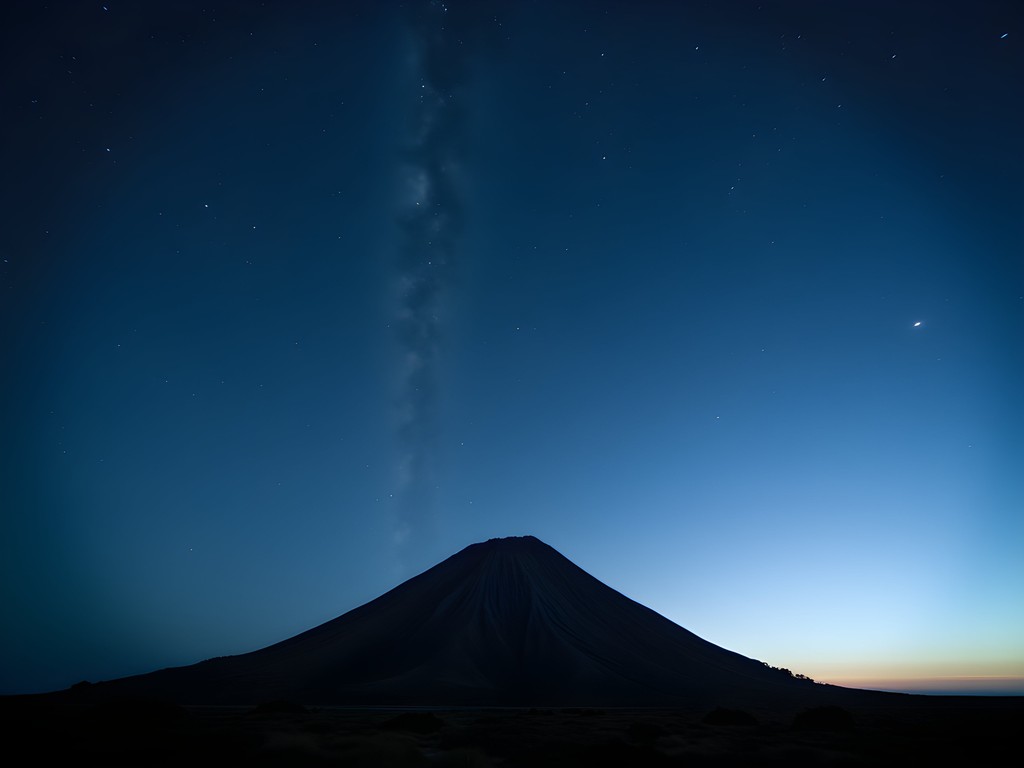
💡 Pro Tips
- Use the NightCap Camera app to capture better night photos with just your smartphone
- Check the lunar calendar and plan your visit during a new moon for better star visibility
- Bring a lightweight camping chair for comfort during long-exposure photography sessions
Rangitoto: The Youngest Volcano
No volcanic exploration of Auckland would be complete without visiting Rangitoto Island, the region's youngest and largest volcano at just 600 years old. The 25-minute ferry ride from downtown Auckland offers increasingly dramatic views of the symmetrical cone rising from the Hauraki Gulf.
Unlike the grass-covered cones of the mainland, Rangitoto presents a more primal volcanic landscape—fields of jagged black scoria, twisted pōhutukawa forests, and lava tubes that tunnel beneath the surface. The contrast between the harsh black rock and the vibrant red flowers of the pōhutukawa trees (when in bloom) creates a photographer's dream landscape.
The summit track winds through these varied ecosystems, eventually opening to a panoramic view that encompasses the entire Auckland isthmus. Here, I pulled out my pocket volcanic field guide to identify each of the distant cones dotting the city landscape.
Exploring the lava caves requires some scrambling and ducking through low passages. My headlamp proved essential here, illuminating the fascinating textures formed as molten rock cooled and solidified centuries ago. I spent nearly an hour photographing the intricate patterns where the lava had dripped from the cave ceiling, creating what looked like frozen waterfalls of stone.
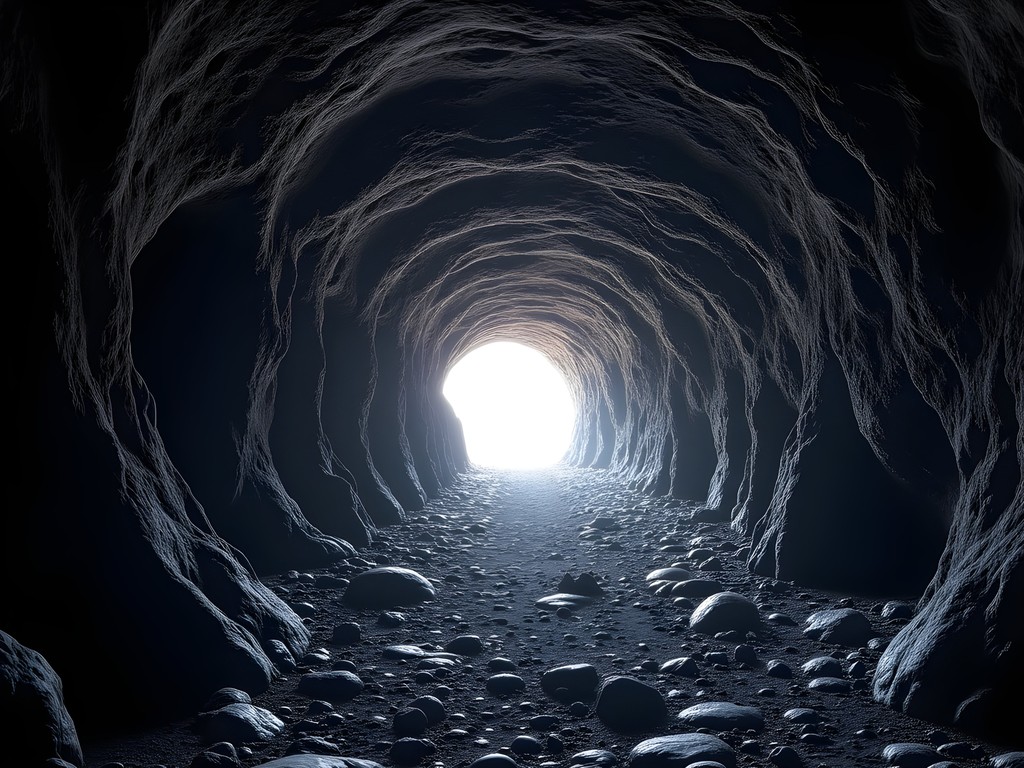
💡 Pro Tips
- Book the first morning ferry to Rangitoto to avoid crowds and catch the best light
- Wear sturdy hiking boots with ankle support for the sharp volcanic rock
- Pack more water than you think you'll need—there are no facilities on the island
Cultural Landscapes: The Māori Connection
What transformed my volcanic circuit from mere geological tourism to something deeper was understanding the cultural significance these landmarks hold for Māori. Many of Auckland's volcanic cones (maunga) were once pā sites—fortified settlements with elaborate terracing still visible today.
At Maungakiekie/One Tree Hill, I joined a guided cultural walk led by a local Māori elder who explained how the volcanic soil's fertility made these sites not just defensively advantageous but agriculturally precious. The terraces I had initially photographed for their geometric patterns gained new meaning as I learned they were sophisticated kumara (sweet potato) growing systems.
I spent one afternoon sketching the distinctive terracing patterns at different sites, noting how they followed the natural contours while maximizing growing space. These agricultural innovations spoke to a deep understanding of the landscape that predated European arrival by centuries.
The cultural significance extends beyond agriculture—many maunga are considered ancestors in Māori tradition. I was fortunate to witness a dawn ceremony at Maungawhau/Mount Eden where local iwi (tribes) gathered to greet the sun. The experience reminded me of similar dawn gatherings I'd witnessed in Pakistan during family visits, where connection to ancestral land transcended religious boundaries.
To record these cultural insights alongside my photographs, I used my waterproof notebook, which proved invaluable when unexpected autumn showers caught me mid-sketch on exposed volcanic slopes.
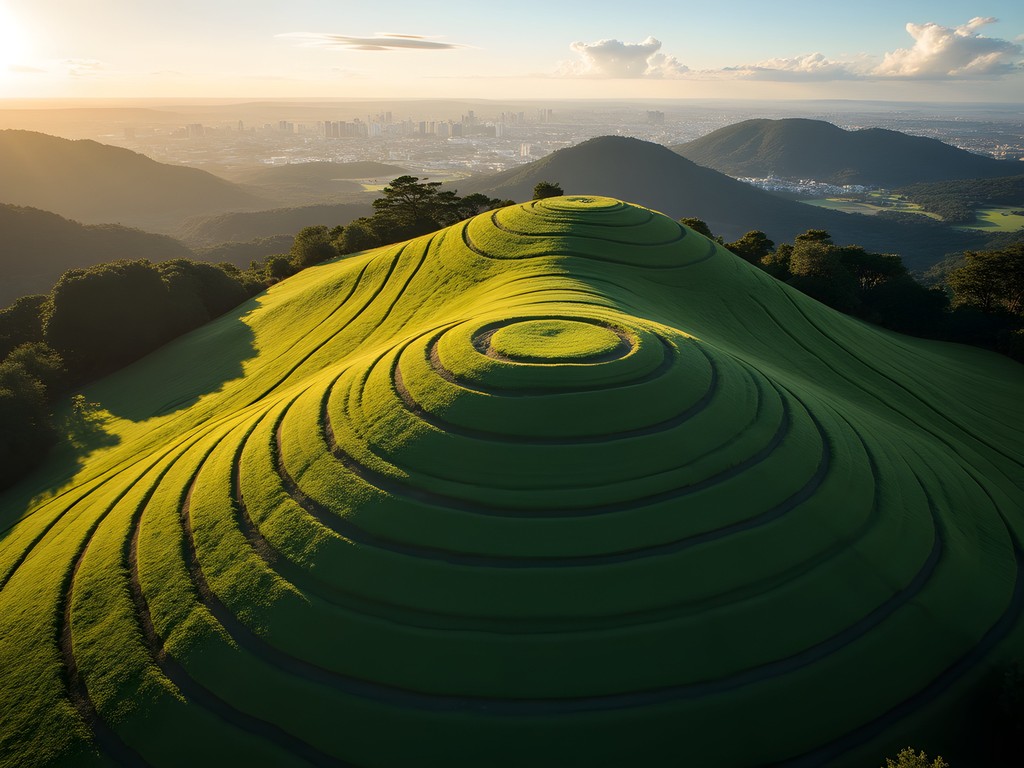
💡 Pro Tips
- Join a Māori-led tour to understand the cultural significance of the volcanic cones
- Visit the Auckland Museum to see ancient artifacts recovered from pā sites on the volcanoes
- Respect areas marked as culturally significant and avoid climbing on the terracing
Final Thoughts
As I pack my hiking boots for the flight back to London, I'm left reflecting on how Auckland's volcanic landscape offers a rare intersection of natural history, cultural heritage, and urban adventure. These ancient cones—some erupting as recently as 600 years ago—create a geological playground unlike any other major city I've visited. They're simultaneously public parks, sacred sites, astronomical observatories, and living museums.
What began as a photography project capturing volcanic forms has evolved into something more profound: an appreciation for how these landmarks have shaped Auckland's identity across centuries. From Māori pā sites to modern-day picnic spots, the volcanoes remain central to understanding this place.
For fellow travelers seeking more than standard tourist experiences, I encourage you to lace up your boots and explore these accessible peaks. Whether you're chasing the perfect sunset photograph, seeking to understand indigenous connections to the land, or simply wanting a free workout with world-class views, Auckland's volcanic field delivers in ways that continually surprise. Just remember to tread lightly—you're walking on living history that continues to shape the cultural landscape of Tāmaki Makaurau (Auckland's Māori name).
Until next time, when I hope to return for the summer pōhutukawa bloom on Rangitoto's slopes.
- Paul
✨ Key Takeaways
- Auckland's volcanic field contains 53 distinct volcanoes, most accessible by public transport or short drives
- Dawn and dusk provide the most dramatic lighting for photography on the volcanic cones
- Many volcanoes hold significant cultural importance to local Māori as ancestral sites
- Rangitoto Island offers the most dramatic and recent volcanic landscape in the region
- The volcanic circuit can be completed in 5-7 days, depending on photography time and weather conditions
📋 Practical Information
Best Time to Visit
March-May (autumn) for mild temperatures and fewer tourists
Budget Estimate
$75-100 NZD per day (excluding accommodation)
Recommended Duration
5-7 days
Difficulty Level
Moderate
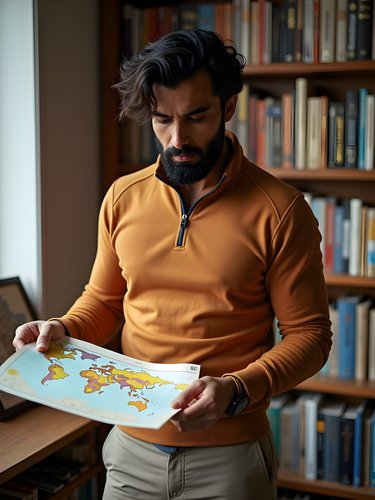
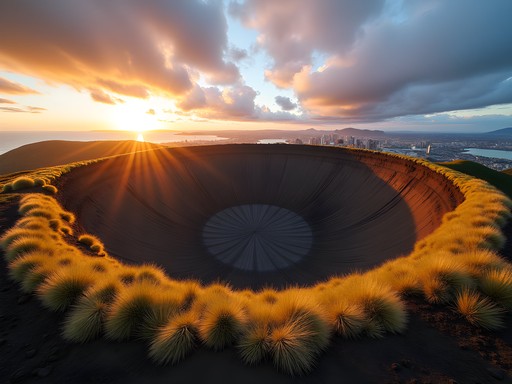
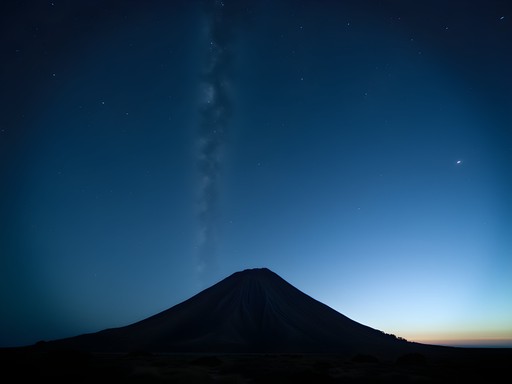

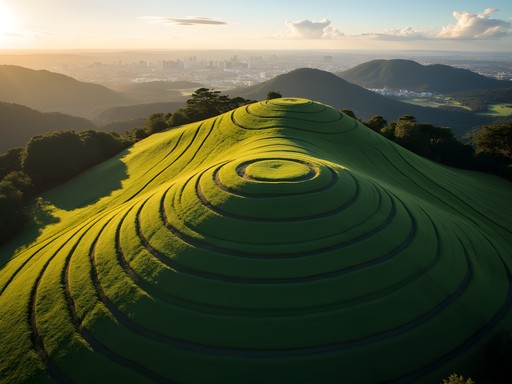


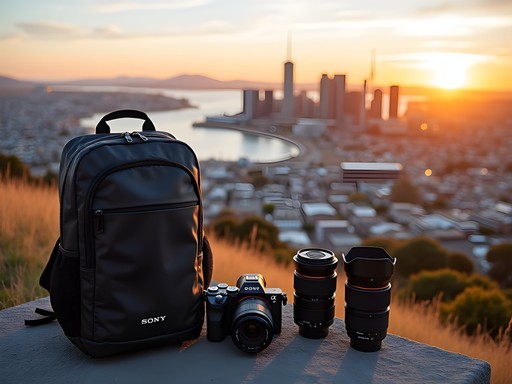
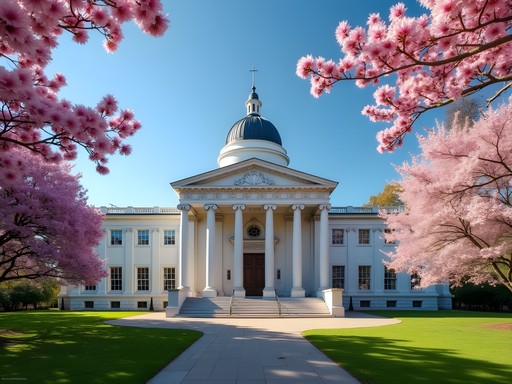
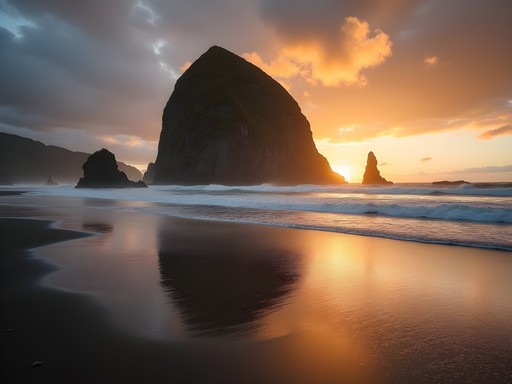
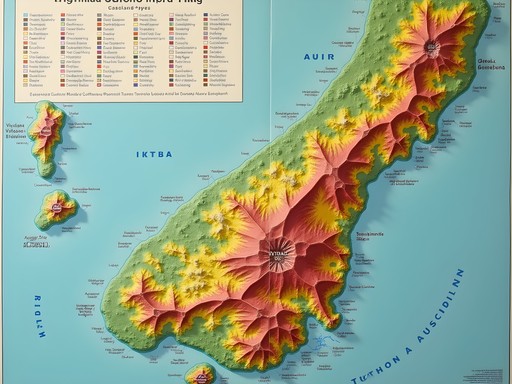
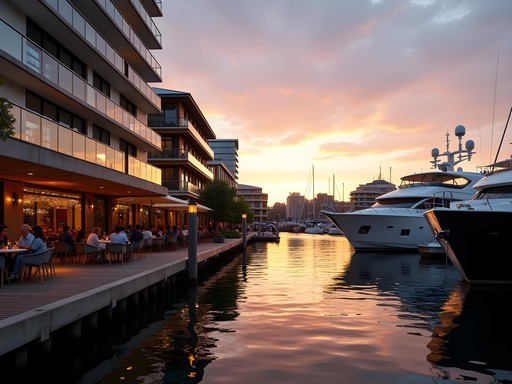
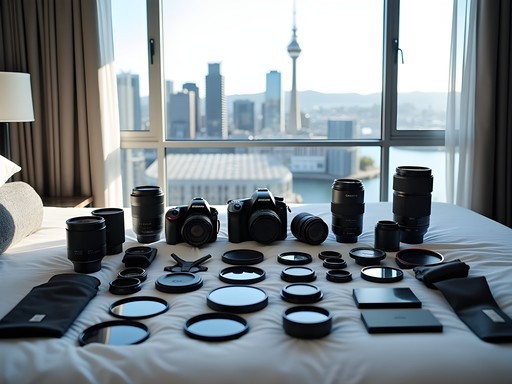
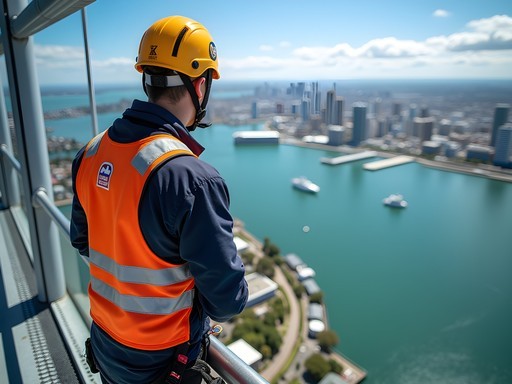
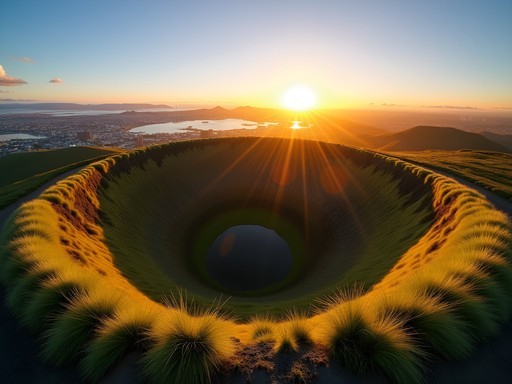
Comments
Bryce Diaz
Paul, your post brought back so many memories! I hiked Rangitoto last summer and that lava field trek is otherworldly. One tip for anyone heading there - the ferry schedule can be limited, so check the last departure carefully. I nearly got stranded! Also, the Māori cultural connection you mentioned really enhanced my experience. Our guide shared stories about how each volcano had its own kaitiaki (guardian) and it completely changed how I viewed the landscape. Did you get a chance to visit Takarunga/Mount Victoria? The military tunnels there add another fascinating layer to Auckland's volcanic history.
travelninja
Those night photos from Mount Eden are incredible! Did you need special equipment for that?
Bryce Diaz
Not OP but I've done night photography there too. You definitely need a tripod at minimum. I used my travel tripod which was perfect since it's lightweight for hiking up those volcanic cones!
travelninja
Thanks! Good to know. Planning a trip there next year and would love to get similar shots.
springpro
Just got back from Auckland and followed your itinerary - what a fantastic experience! The contrast between ancient volcanic landscapes and modern city was mind-blowing. One thing I'd add: wear proper hiking shoes for Rangitoto. Those lava rocks are sharper than they look, and the terrain can be challenging in regular sneakers. The summit view was worth every step though!
explorelover
I'm planning to do some photography while in Auckland next month. Any specific time of day you'd recommend for capturing these volcanic landscapes? Your night shots look incredible!
Paul Franklin
Early morning (around 7am) on Maungakiekie/One Tree Hill gives you beautiful soft light with fewer crowds. For Rangitoto, try to catch the 9am ferry so you have changing light conditions throughout your hike. And definitely don't miss blue hour from Mt Eden - that's when the city lights start twinkling but you can still see the crater details.
wanderlustking
Did this volcanic circuit last week and can confirm it's amazing! One tip - the local bus system makes it super easy to hop between the different cones if you don't have a car. Just grab a day pass and you're set. Rangitoto definitely deserves a full day though!
freerider
Is December a good time to visit these volcanic sites? We're planning our first NZ trip and Auckland will be our starting point. Also, are there guided tours you'd recommend for learning more about the Māori history of these places?
Casey Andersson
December is perfect! It's early summer in NZ so you'll have long daylight hours and usually good weather. For Māori cultural context, check out Tamaki Hikoi tours - they offer guided walks of Maungawhau/Mt Eden with local Māori guides who share authentic stories and history. Well worth the money for a deeper understanding!
freerider
Thanks so much! Will definitely look into those tours.
beachguide
Going to Auckland in November! Is Rangitoto suitable for kids? My 8-year-old loves volcanoes but I'm worried about the terrain.
backpackdiver
My friend took her 7-year-old and he managed fine! The main path is well-maintained. Just bring plenty of water and snacks as there are no shops on the island.
beachguide
That's so helpful, thanks! One less thing to worry about. Can't wait to show her a real volcano!
kiwi_explorer
If you're interested in the Māori cultural aspects, there are some great guided tours that explain the historical significance of these volcanic sites. The local perspective adds so much depth to the experience.
Hunter Thompson
Can you recommend a specific tour company? I'm heading back to Auckland in January and would love to learn more about the Māori connection.
kiwi_explorer
Tamaki Hikoi does excellent cultural walks - their guides are all of Māori descent and share stories you won't get from standard tours. Worth every penny!
Jean Wells
Having visited Auckland's volcanic field three times over the past decade, I've noticed how the city's relationship with these geological features has evolved. The dual naming policy (using both Māori and English names) represents an important shift in acknowledging indigenous connections to these landscapes. The preservation efforts on Maungawhau/Mt Eden have notably improved since my first visit in 2015, with better defined pathways reducing erosion. For those interested in the geological aspects, I recommend visiting the Auckland Museum before hiking - their volcanic display provides crucial context that enhances the experience tremendously.
hikergal92
Your photos are stunning! Especially that sunrise shot from Maungawhau.
Venture X
Premium card with 2X miles, $300 travel credit, Priority Pass